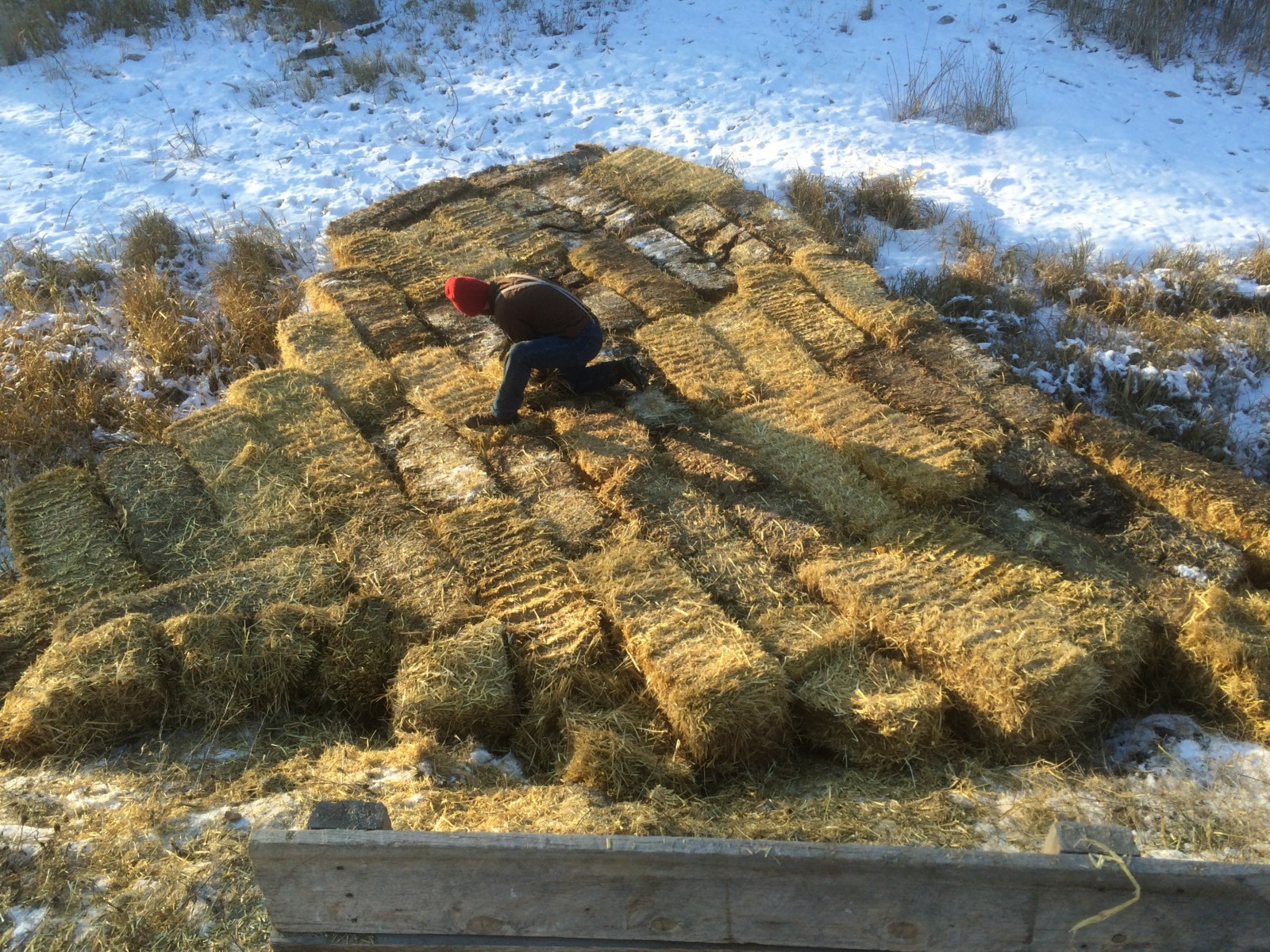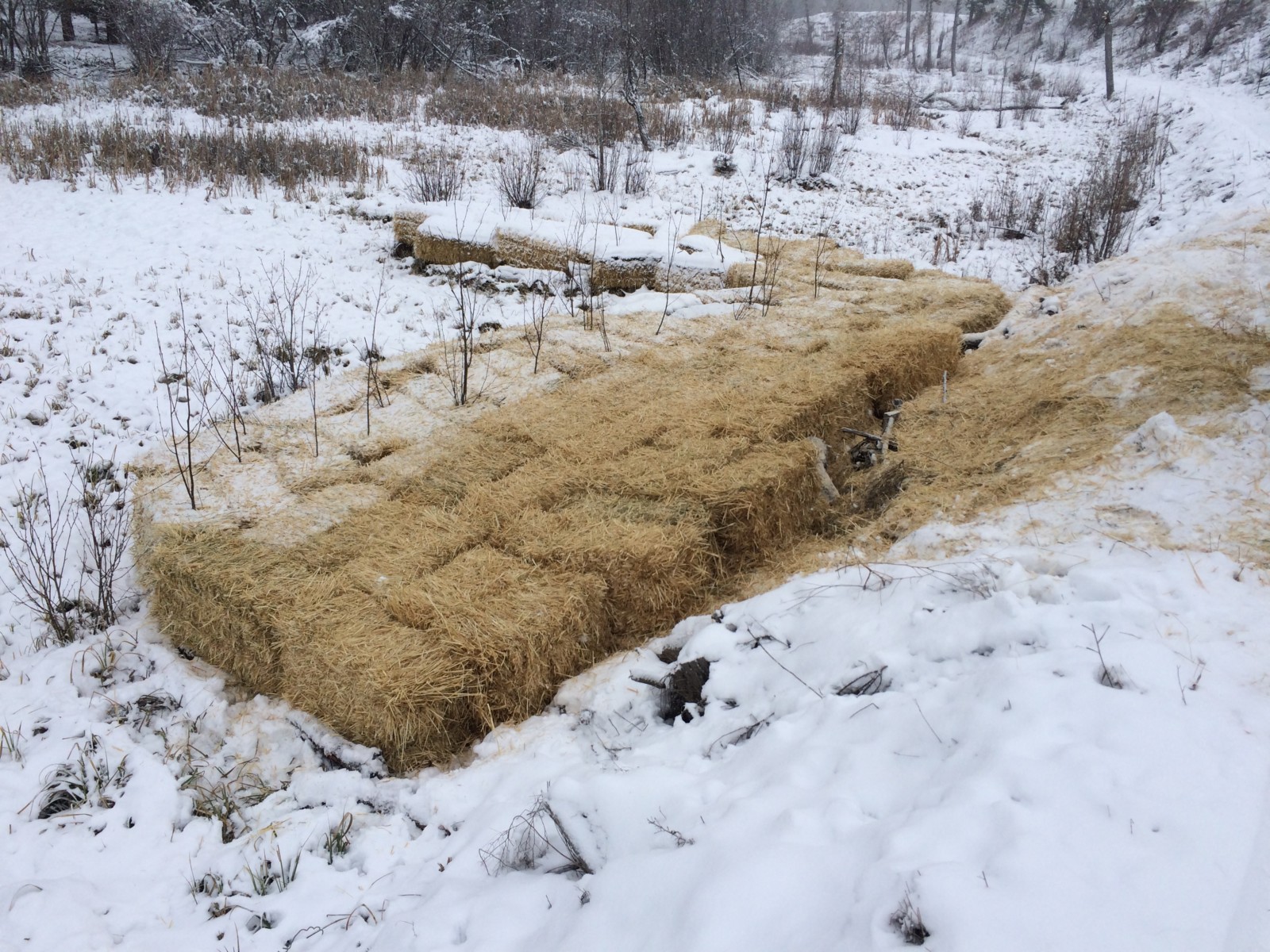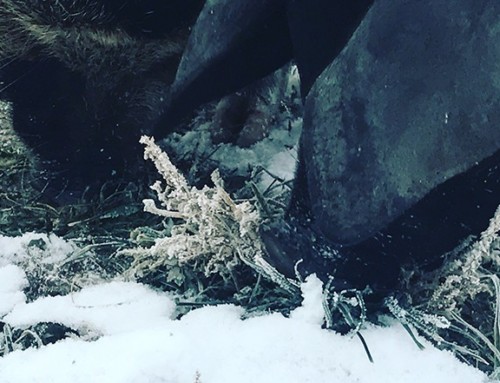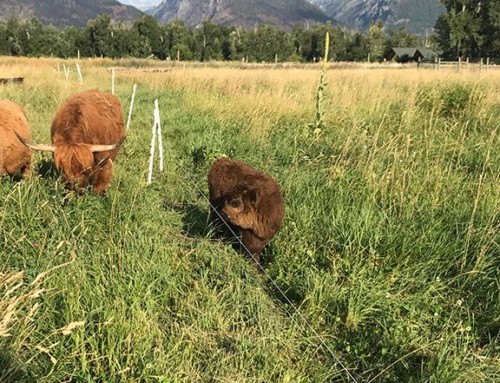One of the many reasons we love permaculture design here at ABC acres is because the design system empowers people to see the world in a new way. Where once someone could only see a problem, they can now view a solution. New and unique possibilities begin to emerge as creativity is awakened. Opportunities and the potential for abundance seem endless and altogether sensible. Many times, these solutions, possibilities, and opportunities that we once missed now are understood to be elegant in their simplicity. As Bill Mollison, one of the founders of permaculture once stated, “though the problems of the world are increasingly complex, the solutions remain embarrassingly simple.” While we certainly seek to be cutting-edge and use up-to-date research when making decisions on the farm, we also know that our collective global ancestry represents ancient wisdom and practices that contain some of the elegantly simple solutions to current problems. For us, chinampas are one such inspiration from the past that has practical applications for our present goals, and holds significant promise for regenerative food production for a brighter, healthier future for all.
Chinampas are an agricultural and land-creation system developed by the Aztecs, in order to meet the demand for supporting their ever-growing populations along the edges of the lakes and ponds where they had settled. Their system was ingenious, as they built a network of human built islands and peninsulas in the shallows of the lakes and ponds. They did so by building large baskets out of vertical wooden poles stuck into the soil underwater, with horizontal branches woven in between to complete the basket. They would then fill these spaces with layers of the water plants and fertile soils from the bottoms of the wetlands, until reaching a height of about 18 inches above the water level. In doing so, they created areas of rich fertile soil that were irrigated through capillary action, or the upward wicking of the water through the soil. The roots of their crops had access to all the moisture and nutrients they needed, and harvesting and transporting crops was made more efficient by using canoes through the canal system they developed. Fish and waterfowl added to the fertility and productivity of the system. Even today, some of these chinampas in Mexico are still cultivated and continue to produce abundantly.
The Aztecs enjoyed abundance through good design. Their chinampa systems are a great example of the permaculture principle, “use edges and value the marginal.” In turn, we have taken in the wisdom from from the past, and we apply it to some of our own marginal land. We have about 5 acres of wetlands that seasonally has standing water in it; an area on the edge of the property, and one most farmers would view with little value from a production standpoint. We have enthusiastically taken on the task of creating our own chinampa-inspired system, utilizing resources we have at hand. Old cottonwood trees were cut up and placed as the foundation of our raised beds, instead of trying to drive wooden poles into the river rock we have in our wetland! We then obtained discounted strawbales from local farmers that were unfit for animal feed and bedding, and began placing them on top of our cottonwood log foundations. In due time, these straw bales will decompose, and we will have rich soil to plant into that will have consistent moisture content throughout the growing season.
By using this edge and valuing our marginal land, new opportunities for abundance occur, new niches for life to self-express and develop, and new possibilities for future generations to learn wisdom from the past. The edge that was once so marginal could very well become one of the richest production zones in time through design; whether it is for marketable products, or simply to produce food and habitat for the wildlife that call the floodplains home will be up to us as stewards of the land. Either way, a beautifully abundant system is being created, and we feel thankful to be a part of it.
It is our hope as a demonstration farm to put on display a variety of methods of food and resource production that produce more than they consume, and assist in healing our bodies as well as the planet. We are delighted to do our part to bring awareness to the chinampa system of agriculture, as it could be a viable way for food production for the present, leading to a brighter future.
Blessings,
Grant










